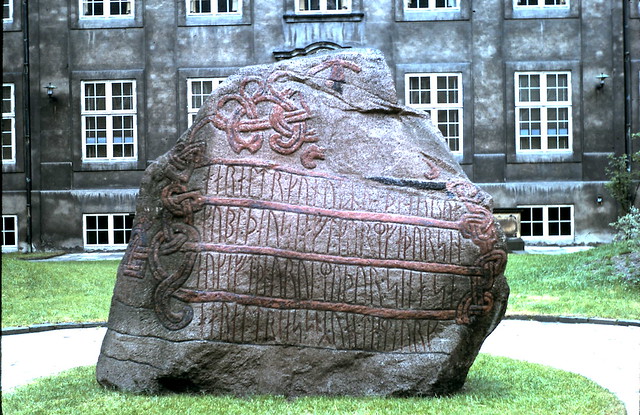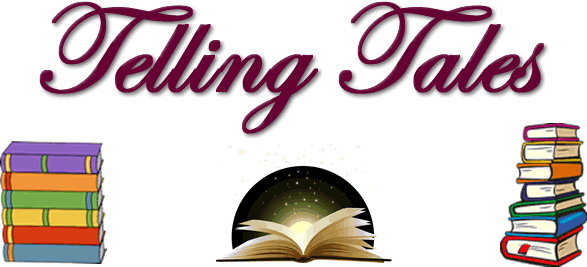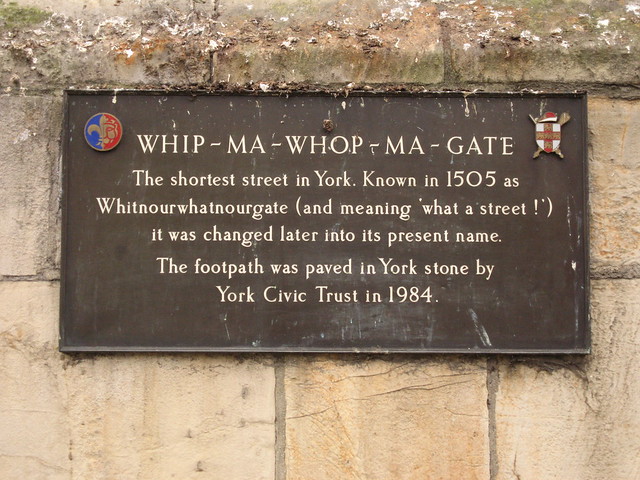Podcast: Play in new window | Download
Today we’re looking into the origins of the word anniversary, as it happens to be my birthday, or the anniversary of my birth, and anniversary is etymologically more interesting than birthday.
An anniversary [ˌænɪˈvɜːs(ə)ɹi / ˌænəˈvɝs(ə)ɹi] is:
- the yearly recurrence of the date of a past event.
- the celebration or commemoration of such a date.
- returning or recurring each year; annual.
It comes from the Medieval Latin anniversāria (diēs) / anniversārium, from the Latin anniversārius (annual, yearly), from annus (year, time, season), and vertere (to turn), so an anniversary marks the turning of the year or more poetically, a trip round the sun [source].
The origins of the word annus are uncertain, but we know that vertere comes from vertō (I turn, revolve), from the Proto-Italic *wertō (turn), from the PIE *wértti (to be turning around), from *wert- (to turn, rotate). [source].
Words from the same root include worth, versus, vertigo and vortex in English, worden [ˈʋɔrdə(n)] (to become, get, grow, turn) in Dutch, werden [ˈveːrdən] (will, to be going) in German and verter [beɾˈteɾ] (to pour, spill, shed) in Spanish [source].
Here’s a video I made of this information:
Video made with Doodly [afflilate link].
I also write about words, etymology and other language-related topics on the Omniglot Blog, and I explore etymological connections between Celtic languages on the Celtiadur.
You can also listen to this podcast on: Apple Podcasts, Amazon Music, Stitcher, TuneIn, Podchaser, PlayerFM or podtail.
If you would like to support this podcast, you can make a donation via PayPal or Patreon, or contribute to Omniglot in other ways.











